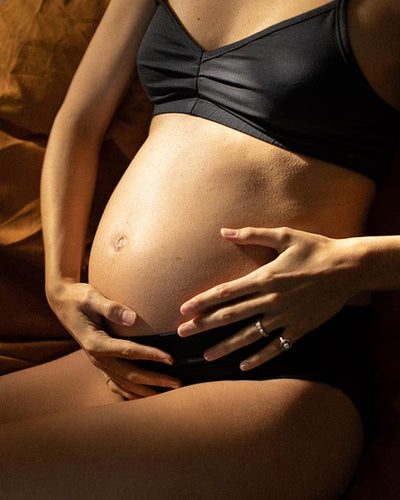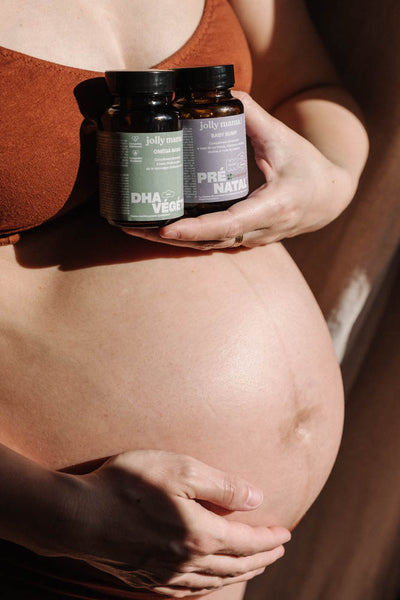La vitamine B6 se trouve dans différents types d’aliments. Les plus riches étant les herbes, avec : la menthe (2.58 mg/100g), la laurier et le romarin (1.74 mg/100g), l’ail et l’oignon (1.65 mg/100g) et le basilic (1.34 mg/100g).
On peut également trouver de la vitamine B6 dans les produits d’origine animale, comme dans le foie de veau ou de dinde (1 mg/100g), le saumon fumé ou la sole bouillie (1 mg/100g), la dinde (0.8 mg/100g), l’espadon et le maquereau (0.62 mg/100g) ou encore dans le jaune d’oeuf cuit (0.3 mg/100g).
Les oléagineux et les graines contiennent également de la vitamine B6, le plus intéressant étant la pistache (1.4 mg/100g), mais on en trouve aussi dans les graines de tournesol (1.2 mg/100g), les graines de sésame (0.8 mg/100g), les graines de lin et les noisettes grillées (0.6 mg/100g) ou encore les noix de cajou et de macadamia (0.4 mg/100g). Le quinoa, avec 0.5 mg/100g est également intéressant à consommer.
Les fruits et légumes sont moins riches en vitamine B6 mais en contiennent toutefois un apport intéressant. Pour les légumes, vous pouvez consommer des champignons (avec le shiitaké séché qui en contient près de 1 mg/100g), des poivrons (0.4 mg/100g), des tomates séchées (0.3 mg/100g) ou encore des choux de Bruxelles ou des poireaux (0.2 mg/100g).
Au niveau des fruits, l’abricot sec (0.5 mg/100g), la banane, la cranberry et le pamplemousse (0.4 mg/100g) en sont des sources intéressantes.
N’oublions pas les légumineuses, avec entre autres les lentilles et les pois chiches (0.5 mg/100g).























